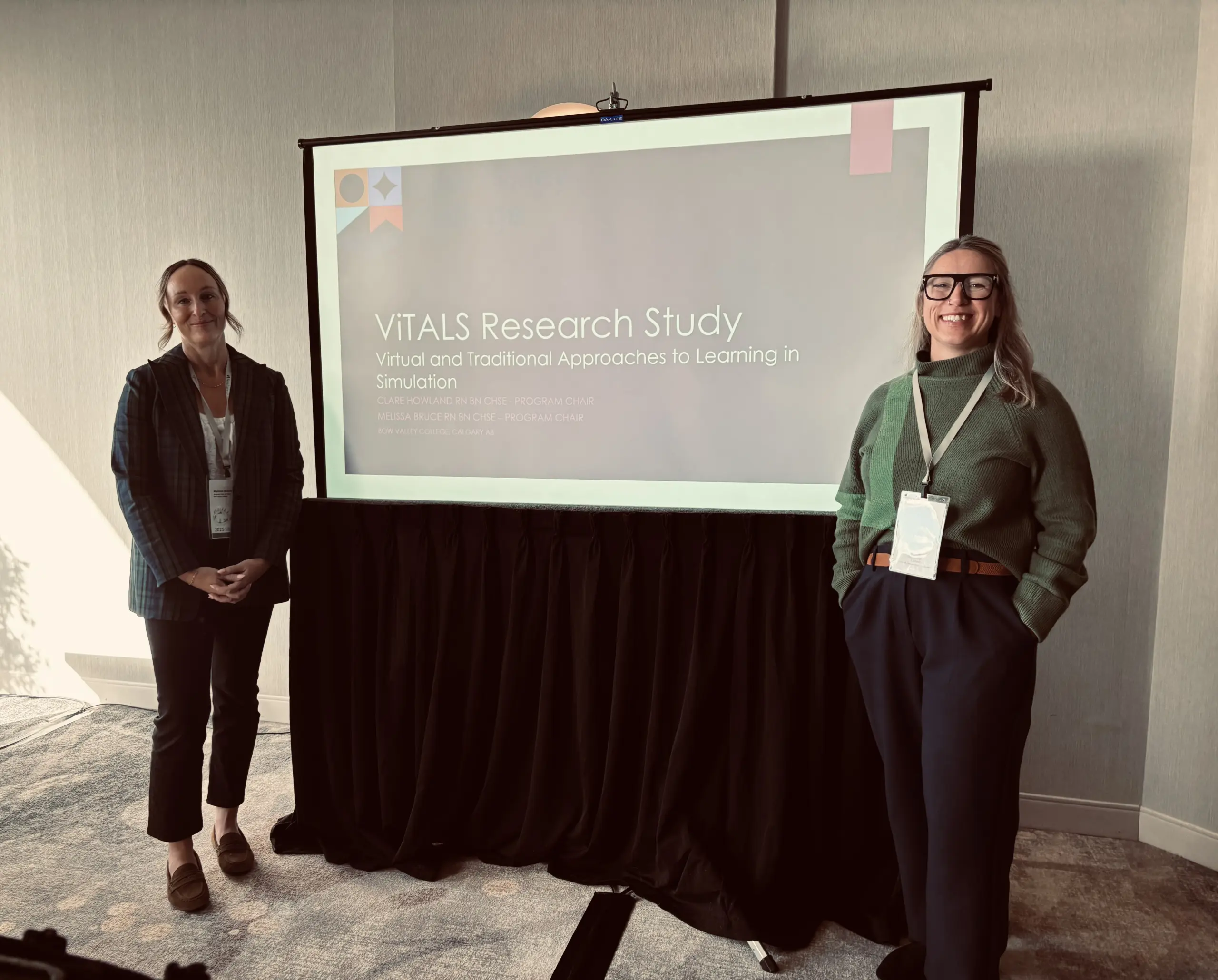While dreams of slick video have been the biggest driver of the recent explosion in consumer drone technology, industrial and agricultural applications scale up that technology, creating advanced systems that save time, money – and fuel.
Solomon Liu is the chief technical officer at Advanced UAV Tech (AUAV), a Calgary-based industrial drone manufacturer with three other facilities in Canada and the US. In early April, Liu brought in a selection of the company’s drone offerings, each heavily focused on agricultural applications.
“We have friends that use a helicopter to spray and survey,” Liu says. “Roughly speaking, one helicopter is almost like two drones flying simultaneously.”
But by building on swarming technology first applied for entertainment purposes, there is opportunity to make flight more focused and affordable for ag producers.
“If we can fly 10 drones simultaneously, it will be far more efficient than flying one helicopter.”
The base models fly using code written in Python, but more advanced applications – including useful swarming technology – uses C++ Liu says.
Software development student Kirt Patel grew up in Toronto’s west end, but his parents own fish farms overseas, raising shrimp and tilapia.
“I genuinely have an interest in farming,” Patel says. “It’s just seeing how we can use this technology, how Alberta can use this technology and how somebody like me can get into this field and carve my own path,”
Patel is just weeks from graduating with a diploma in Software Development from Bow Valley College’s School of Technology.
“So now I have this coding knowledge right? Well how do I apply it to this drone technology and what is somebody not doing yet?”
Patel says he sees the potential for monitoring the health of growing ponds, watching algae blooms or temperature issues.
The largest of the AUAV drones is nearly 2m across and capable of carrying a 100kg payload that could include sprays, fertilizer or feed. Combining modern LoRa monitoring webs with heavy-lift drones means producers can put exactly what they need, exactly where they need it, with less cost than using traditional methods.
Liu says there is a lot Canada is not doing in the application of drone tech - and it will take software developers to catch up.
“Swarming for agriculture should be the coming future, but around the whole world only two companies are starting to do it, including us – we are the first ones in Canada.”
To make flight systems work to their full potential, programmers will need to bring together multiple systems including AI flight control, RTK precision navigation, and advanced LoRa sensor networks.
Coding is used in virtually every industry, some are poised to take off, creating career opportunities for people with the skills and vision to get involved.





%20(1).jpg)



